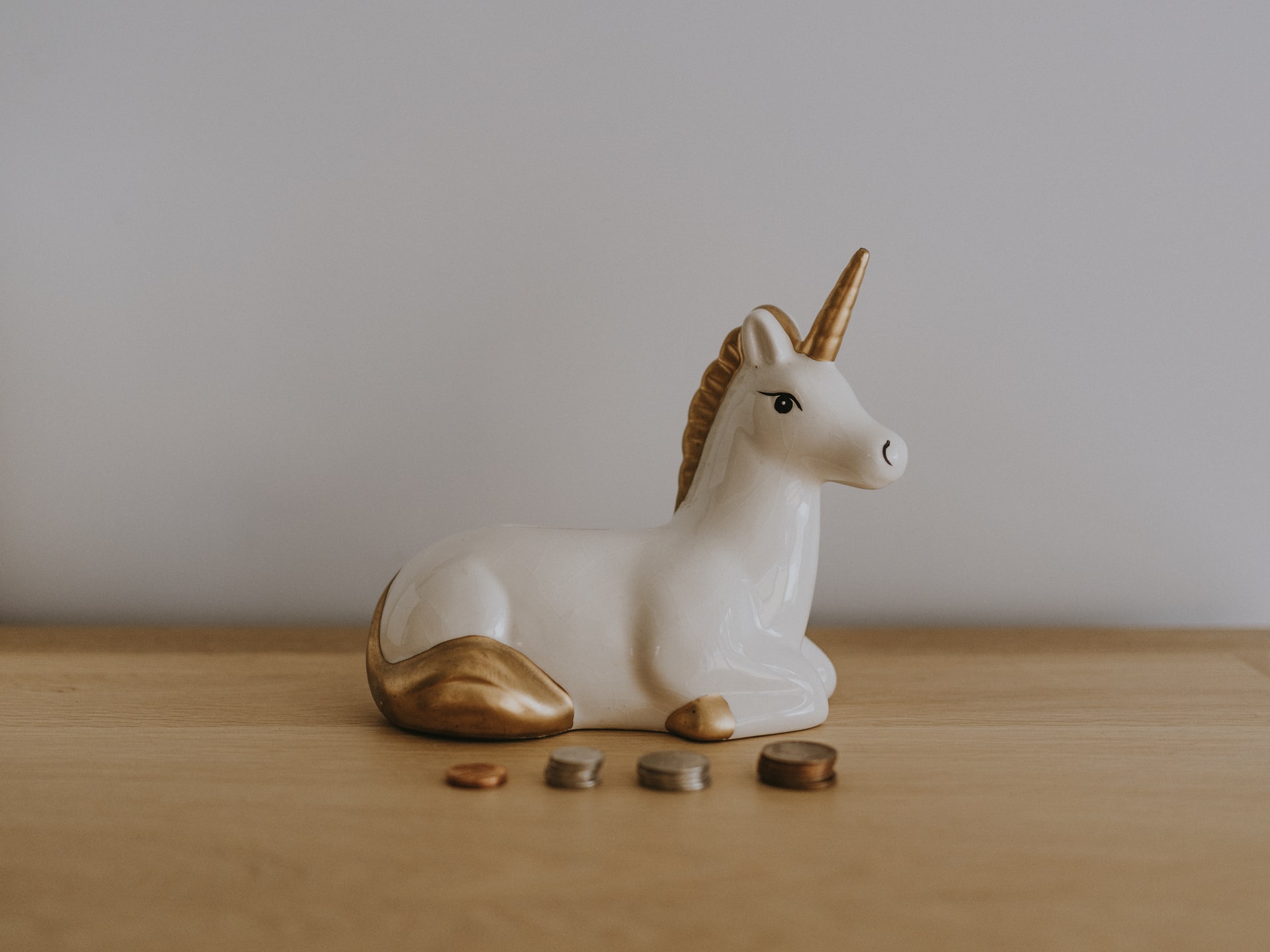The search for learning methods that integrate the individual, society and nature to promote sustainable ways of living has been the holy grail for many-an-educational framework. Here Susan Visvanathan describes a successful experiment in such an alternative educational approach in the cold desert of Ladakh in the north of India. The approach weaves together a living dialogue between traditional ways and modern scientific knowledge to achieve economic progress while still keeping the sense of community alive.
Ladakh is part of the Jammu and Kashmir state in India. It is a cold, inhabited desert in the Himalayas, with a strong military base, which contests borders with China and Pakistan. A significant venture here offers us new ways of thinking about organic farming. The charismatic figures of Sonam Wangchuk and Rebecca Norman have merged the issue of organic farming with novel approaches to education and water management. As a husband-and-wife team in the town of Leh, the couple have received much international attention for their work, which occupies itself with farming as a form of husbandry, where earth and its care have taken on nuances which are of significant pedagogic importance.
Their methods of converting arid land into fertile agricultural soil, and training students to work productively with this soil, for twenty and more years, have contributed substantially to taking forward their pioneering methods. They were building on what Wendell Berry calls an intrinsic ‘awareness’ of the earth, in a place where there already was a practice of frugality and respect.
My research data examines the mnemonics of everyday life in terms of topographical features and their connection to concerns of an institution — a school, that serves to integrate members of local communities into daily duties. Activities and events, which carry large sets of young people into familiar tasks, are designed to reinterpret old ways without losing them. There is a need to describe these, as they inform the
rejuvenating practises of agricultural communities through their relationship with the earth, and with previous generations, while interlocking with new occupations and new settlers.
The young people become conversant with many skills such as solar energy management; tourism-related services such as cooking, serving and cleaning; horticulture, with its allied skills of forestry; technical skills of tour management, water management, and ecological conservation; and, fruit and vegetable preservation.
Tourism and the presence of the Indian Army in Ladakh have been of central importance to the understanding of new agrarian practices. With aircraft carriers taking produce to the Tatas’ factories and Ram Baba’s organic therapeutic industries, new forms of commerce are entering into the practice of agriculture. To fully appreciate the work of Sonam Wangchuk and Rebecca Norman, the ideas of Wendell Berry, in The Art of the Commonplace, are of significance. Berry writes that the traditional occupations of farmers were geared to feeding local communities and harnessing them to the earth in a just balance of love and nurture, but with industrial concerns that are closely related to conspicuous consumption, things have changed dramatically. ‘Food security’ through industrialised farming, insists Berry, breaks the links between communities and the earth, converting people into numbers, earth into a resource, and food and its production into weapons. With such a process of devaluation of humans and the earth, ‘character and community’ are destroyed. This is disturbing because, along with nature, it is character and community, binding us into a rich culture, that are the real source of nourishment.
Food security without equitable distribution will result in the severest of inequalities and the confirmation of the inegalitarian policies of the State. The Ladakh case combines the functions of both market gardening – for purposes of local tourism and sale to the Indian Army (potatoes, almonds, almond oil) – and the export of fragile commodities to laboratories in other parts of India, in a move to balance ecological and economic goals. Between waste of excess natural and organic fruits and vegetables and societal resistance to intrusive tourist practises, lie a whole gamut of cultural sensibilities and practices, and the socialisation of young people in these through education is a necessary axiom. Paul Hawken in The Ecology of Commerce writes that the charm of the market as a meeting point, while interlocked with global processes is what engages us. At one level there is the local market, at the other, the processes by which costs of production, transportation and the adjustment of prices, use and abuse, and the interlocking of supply with demand is dealt with.
It is towards this adaptation to contradictory forces, that the alternative schooling practices of Sonam Wangchuk and Becky Norman have borne great success. Ladakh is a cold desert, and the greening practises initiated by the Indian Army by planting trees have created a visible change in the landscape and rainfall patterns. The architecture of houses and monasteries is conducive to a frozen desert, but tree plantations have brought about increased rainfall, and directly what follows is interest in market gardening, as the soil is extremely alluvial. Rene Dubos while writing about landscapes which were described as forests in ancient literature, suggests that they become denuded by human activity. Then, a new literature evolves around these deserts, oriented towards the description of scarce resources and continual feuding, as with the Greeks. However re-forestation occurs with the need for agricultural and pastoral land, making the desert disappear. In this present scenario, we have a landscape where agriculturists become foresters, a process which I have earlier described for the Annamalais.
The fascinating aspect of Sonam and his wife Becky’s work is that they have trained many age sets of young people for more than two decades. They chose to believe that children who could not pass their prescribed exams, could still be trained to feel confident about their capabilities and lead healthy normal lives, rather than being described as ‘failures’. Many of them, through activist communitarian training, or practical experience in handicrafts and other skills, did finally pass school, and were even able to go to college in Leh. This could only be made possible by drawing on the voluntary and professional expertise of many people regardless of age and nationality. These workers/executives/ students/ teachers/engineers/ musicians/artists would write to the founders and ask permission to be boarders at the The Students’ Educational and Cultural Movement of Ladakh school (SECMOL school), paying for food and lodging, for the privilege of spending time with young Ladakhis, eager to learn many skills. Often representatives of twenty or more different countries are present as voluntary tutors in SECMOL school. In this environment of mutual learning, they would become witness to many of the dramatic pedagogic and worldview innovations that Sonam and Becky have put in place with their team of dedicated professionals.
One of the most interesting devices that has been constructed by the students and their teacher-inventor, Sonam Wangchuk, is the ice stupa. This is the process of laying underground pipes which take water to the fields, where channelised river water erupts in a fountain of water. The water thus freezes in winter, creating an artificial upright glacier, and when it is most required for watering the fields, it melts in the month of March, and runs through prepared channels. The hard work of laying the underground pipes was the effort of SECMOL participants, who look back at the allied work of tree plantation with great pride. Sonam has always asserted that the Indian government, the Indian Army philanthropists and the institutions of local village and Buddhist monastery (gompas) have been crucial to his work. For Rebecca, the everyday concerns for the children under her care has meant that she be readily accessible to them and to the team leaders at every point. This meeting point of science and humanitarian collective management is a great contribution to our understanding of the survival of indigenous culture in a cold desert, which is also being transformed rapidly by climate change.
Banner Image: Photo by Khush patel on Unsplash.
The views expressed here are those of the author and not of the ‘South Asia @ LSE’ blog, the LSE South Asia Centre, or the London School of Economics and Political Science.
This blog post is based on Visvanathan, Susan. “Ladakh and the creative greening of the desert: The life work of Sonam Wangchuk and Rebecca Norman through alternative practices in education and farming,” Society and Culture in South Asia 7.02 (2021).







